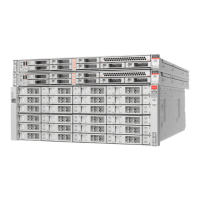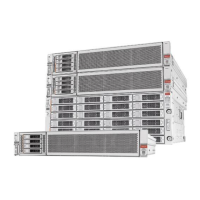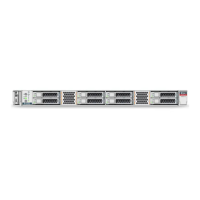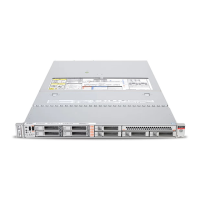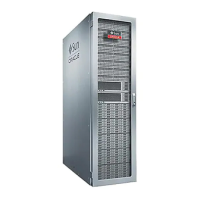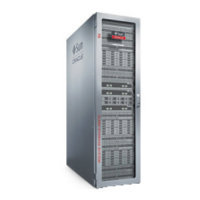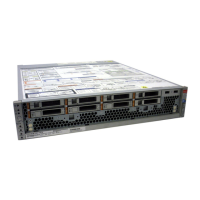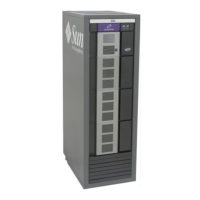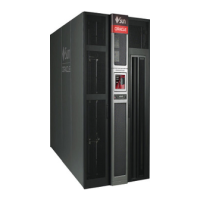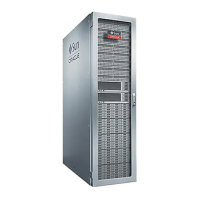upgrade a chassis, we may reset one of its expanders. Resetting an expander causes some
disks to temporarily have only one path, and as a result, updates to other chassis are held
back until it is safe to do so again non-disruptively.
Note that currently the Firmware Updates dialog does not automatically refresh, so you would
have to close it and re-open it to get an updated view.
Applying hardware updates is always done in a completely safe manner. This means that
the system may be in a state where hardware updates cannot be applied. This is particularly
important in the context of clustered configurations. During takeover and failback operations,
any in-progress firmware update is completed; pending firmware updates are suspended until
the takeover or failback has completed, at which time the restrictions described below are
reevaluated in the context of the new cluster state and, if possible, firmware updates resume.
Caution - Unless absolutely necessary, takeover and failback operations should not be
performed while firmware updates are in progress.
The rolling update procedure documented later meets all of these best practices and addresses
the per-device-class restrictions described later. It should always be followed when performing
updates in a clustered environment. In both clustered and standalone environments, these
criteria are also reevaluated upon any reboot or diagnostic system software restart, which may
cause previously suspended or incomplete firmware updates to resume.
■
Components internal to the storage controller (such as HBAs and network devices) other
than disks and certain SAS devices are generally upgraded automatically during boot; these
updates are not visible and will have completed by the time the management interfaces
become available.
■
Upgrading disk or flash device firmware requires that the device be taken offline during
the process. If there is insufficient redundancy in the containing storage pool to allow this
operation, the firmware update will not complete and may appear "stalled". However, if the
storage pools are in an exported state, the disks will update as expected. Disks and flash
devices that are part of a storage pool which is currently in use by the cluster peer, if any,
are not upgraded.
■
Upgrading the firmware in a disk shelf requires that both back-end storage paths be active
to all disks within all enclosures, and for storage to be configured on all shelves to be
upgraded. For clusters with at least one active pool on each controller, these restrictions
mean that disk shelf firmware update can be performed only by a controller that is in the
"owner" state.
During the firmware update process, hardware may appear to be removed and inserted, or
offlined and onlined. While alerts attributed to these actions are suppressed, if you are viewing
the Maintenance > Hardware screen or the Configuration > Storage screen, you may see the
effects of these updates in the UI in the form of missing or offline devices. This is not a cause
for concern; however, if a device remains offline or missing for an extended period of time
356 Oracle ZFS Storage Appliance Customer Service Manual • July 2016
